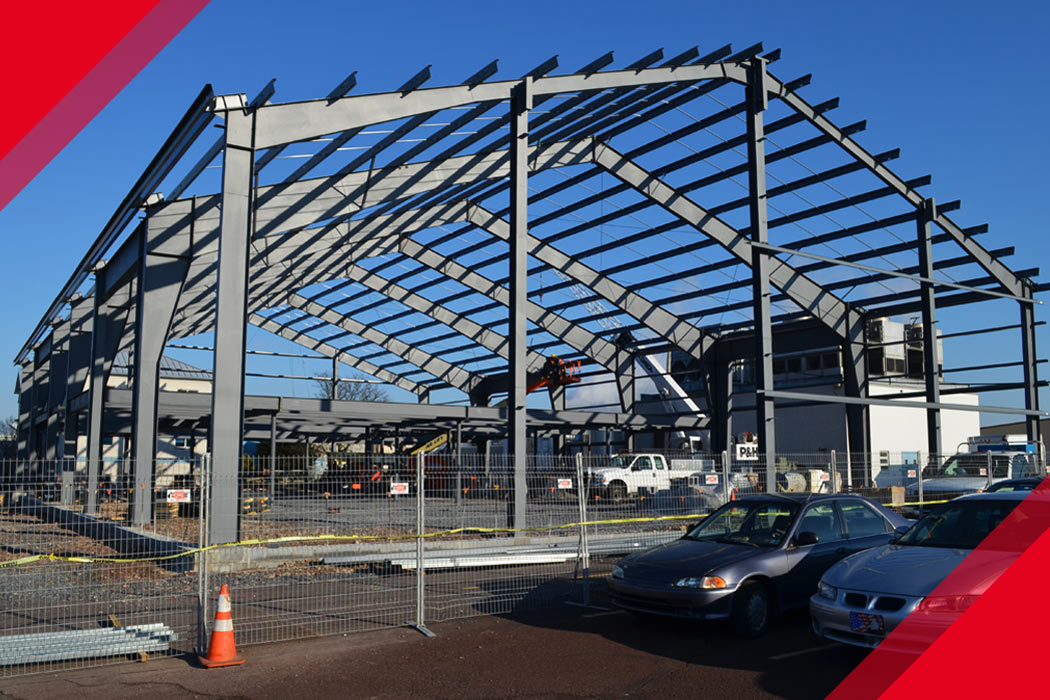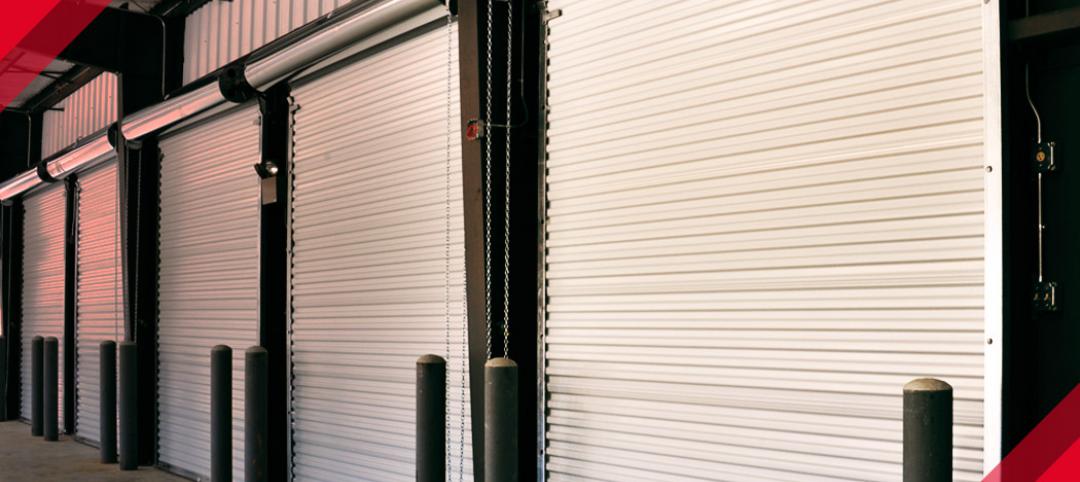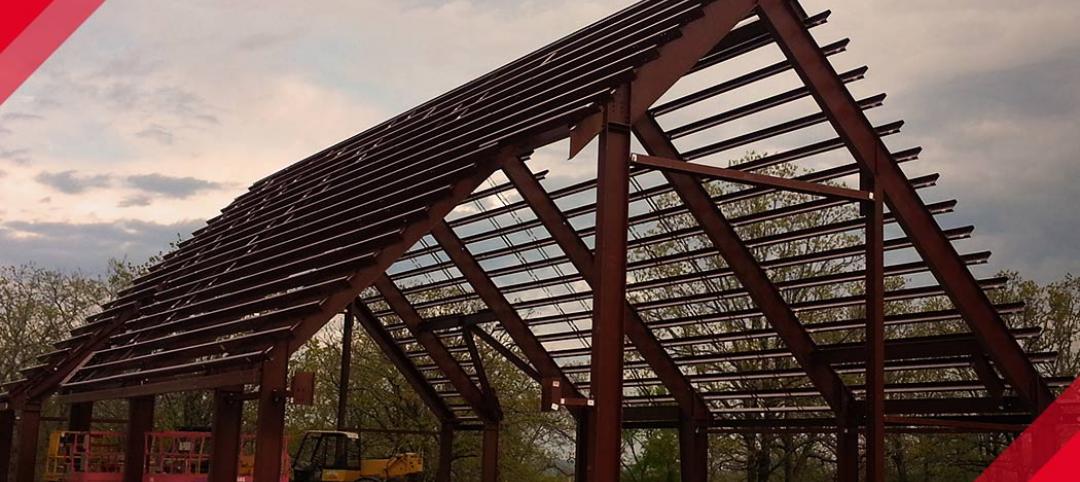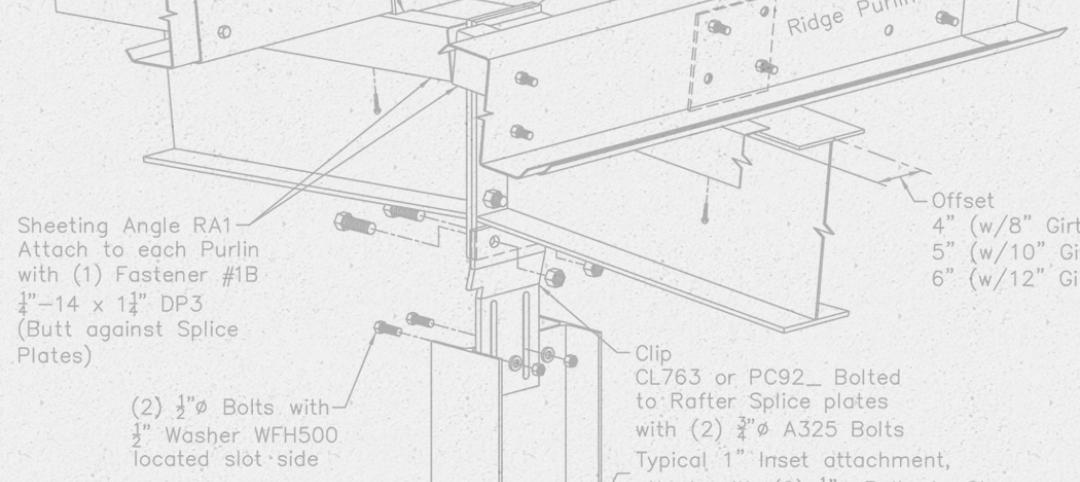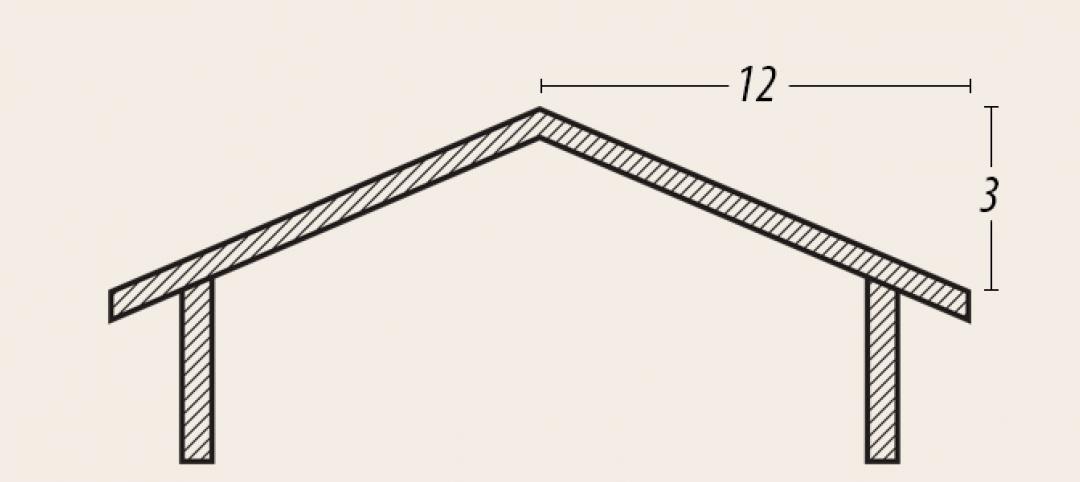Earthquakes are becoming increasingly common in some parts of the U.S. where they previously were a rarity. Consequently, people who have never been exposed to them or ever had to think about earthquake safety are now facing a new reality.
There is a mistaken belief among some people that steel buildings do not do well in earthquakes. The truth is quite the opposite. In fact, steel buildings have a distinct edge over concrete in earthquakes. The reason, however, is counter-intuitive, and worth understanding.
We tend to think that the heavier and more rigid an object is, the stronger it is. This assumption is especially common regarding buildings, because our day-to-day experience validates it. If you've ever been in a wooden house during high wind, and heard the timbers creaking and groaning ominously, you might have wished the structure was concrete. We assume that the weight of concrete would help hold the house down, and the unbending nature of concrete would resist the swaying under the wind impact. That makes sense if the impacts are on the scale of a truck hitting a wall, or even a hurricane.
However, an earthquake is different than other loads. It isn't a surface force threatening to sweep the house off its foundation. The earth itself moves, moving the foundation of the building. It's more like a strong bucking bronco, trying to shake the house off its back.
The forces involved are so great that the weight of the building has nothing to do with "keeping it down." It's basic physics: Force = Mass x Acceleration. The mass of earth that's moving is so big that the weight of mere buildings is no match for it. Everything, even a very heavy structure, gets tossed around.
At that level of force, weight actually starts to work against the structure. For a given acceleration – such as a seismic tremor – the greater the mass of the building being put in motion, the greater the force exerted on the structure’s elements, and on the connections between those structural elements. In other words, the heavier the building, the more force it has to rip itself apart. A lighter structure undergoes less force from the mass of the building itself.
Steel construction is lighter in weight than concrete, without compromising strength. It has less mass – and therefore less force – to damage itself under seismic shaking. It requires less earthquake resistance to be built into the superstructure and into the foundation, potentially lowering construction costs, too.
Moreover, steel makes a more resilient structure because it is a more ductile material, allowing it to bend considerably before breaking. It will respond better in an earthquake than a more brittle structure. In smaller seismic events, a steel building is more likely to snap back than it is to crack. Should the maximum seismic event for which the building is designed occur, there may be severe deformities, but it won’t undergo progressive collapse. The building may have to be demolished afterwards, but the occupants’ safety is greater.
If earthquakes are a new phenomenon in your region and you want to know more about them, visit the US Geological Survey website at http://earthquake.usgs.gov/learn.
As earthquakes become a growing concern for more and more builders across the United States, we will likely be covering the topic more frequently. For more on this article, download the whitepaper here.
More from Author
Bryan Arlington | Dec 1, 2016
The evolution of codes
Today’s codes define more efficient, effective structures, but the engineering of them has become vastly more complex.
Bryan Arlington | Aug 24, 2016
Rolling Sheet Door Considerations
The pros and cons of a rolling sheet door
Bryan Arlington | Aug 19, 2016
Standards. Do You Have Them?
Metal building standard for contractors and erectors.
Bryan Arlington | Apr 24, 2015
Are metal roofs lightning magnets?
According to The Metal Construction Assocition, a metal roof will not make lightning more likely to strike, but it may make a lightning strike less dangerous if it occurs. That’s right, less dangerous, not more.
Bryan Arlington | Mar 31, 2014
Tips for creating a competitive bid using codes and loads
Landing a project feels like winning a prize, sort of like finding that forgotten $20 bill in the pocket of a pair of jeans you haven’t worn in a while. But living on the “chance” of winning a job isn’t a great way to pay your electric bill. So, how do you swing the chances in your favor?
Bryan Arlington | Mar 19, 2014
Frames: the biggest value engineering tip
In every aspect of a metal building, you can tweak the cost by adjusting the finish, panel thickness, and panel profile. These changes might make a few percentage points difference in the cost. Change the framing and you have the opportunity to affect 10-20 percent savings to the metal building portion of the project.
Bryan Arlington | Jan 6, 2014
What is value engineering?
If you had to define value engineering in a single word, you might boil it down to "efficiency." That would be one word, but it wouldn’t be accurate.

